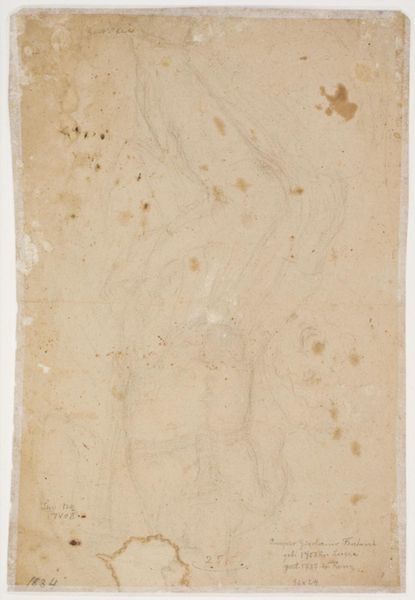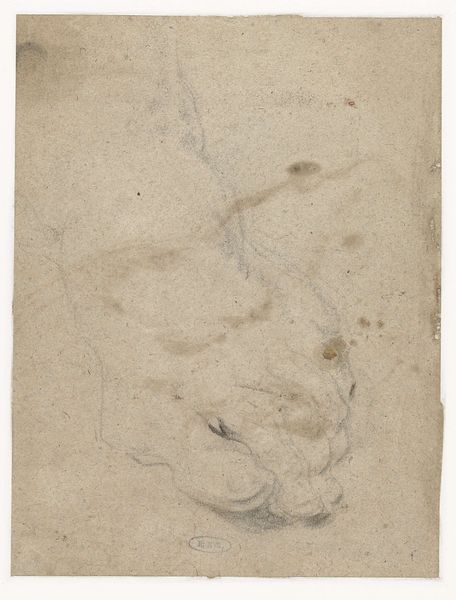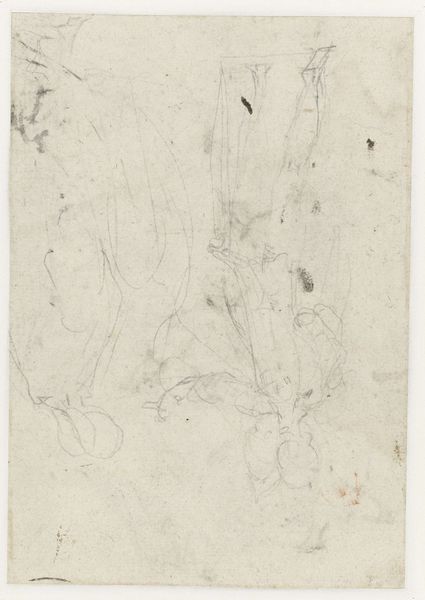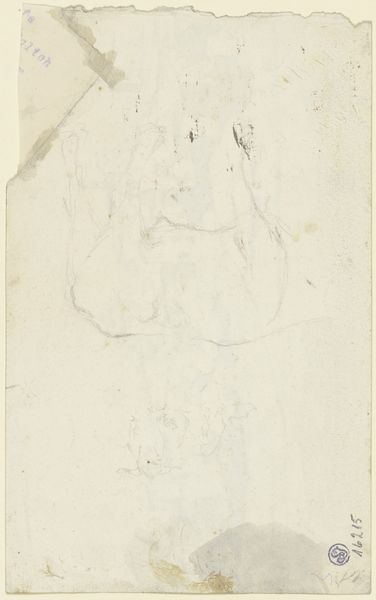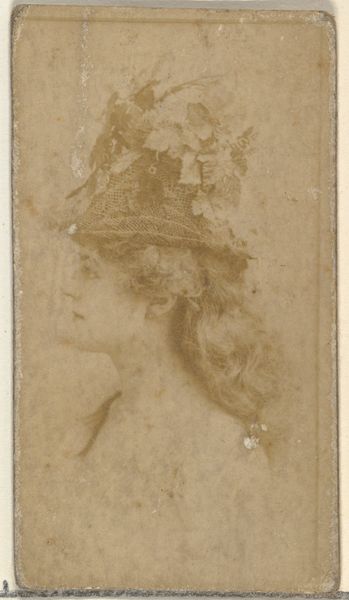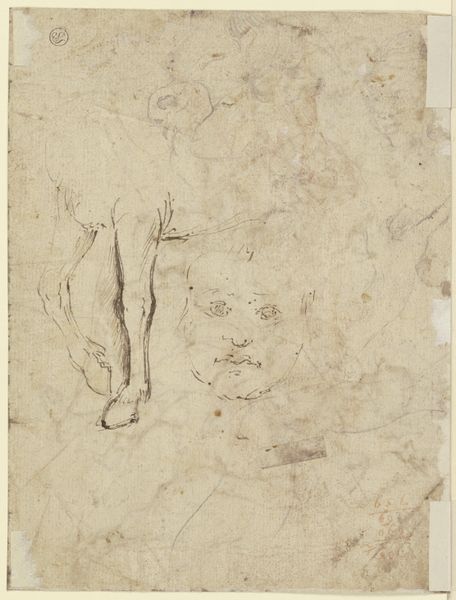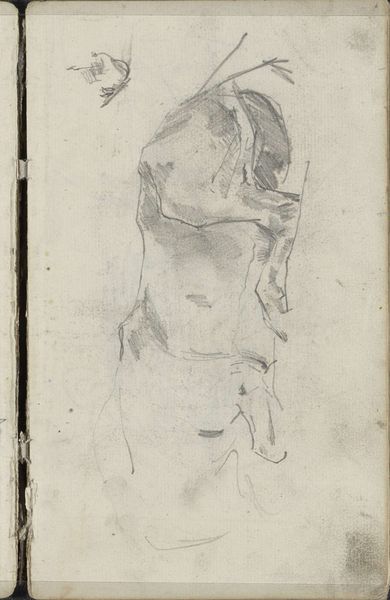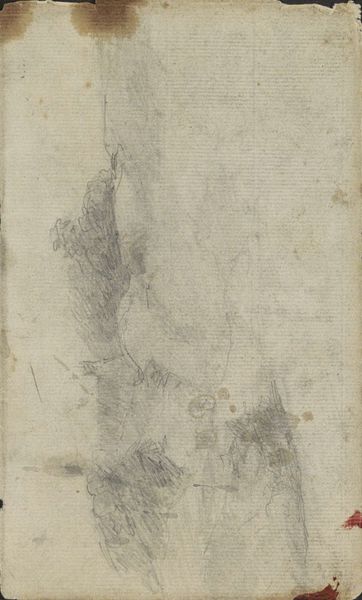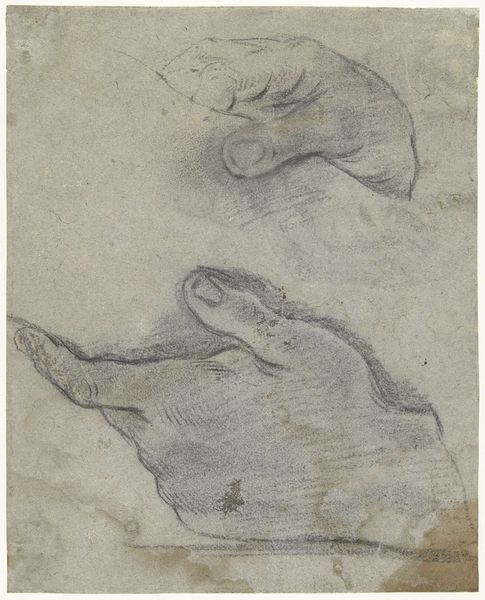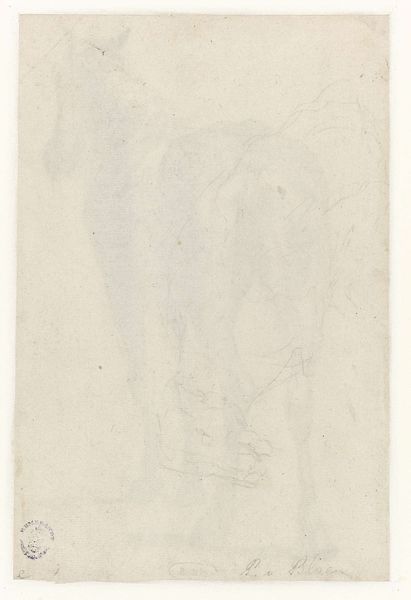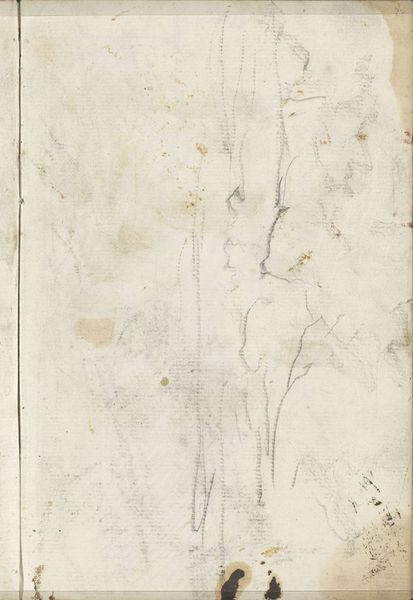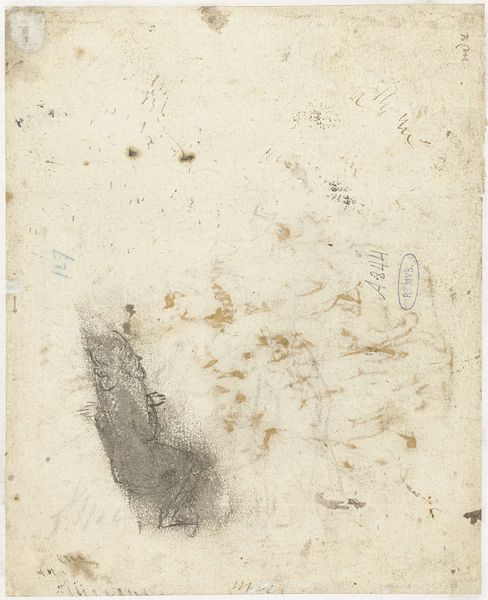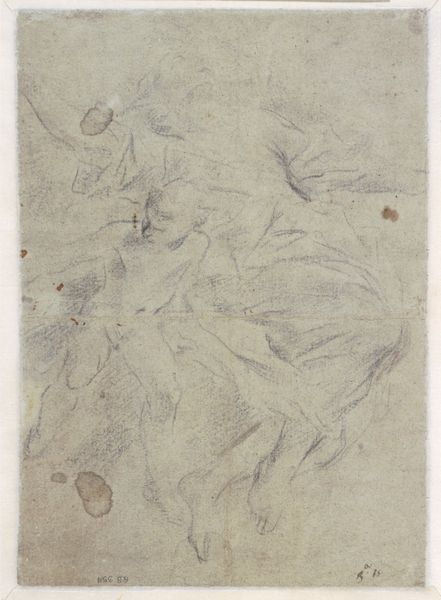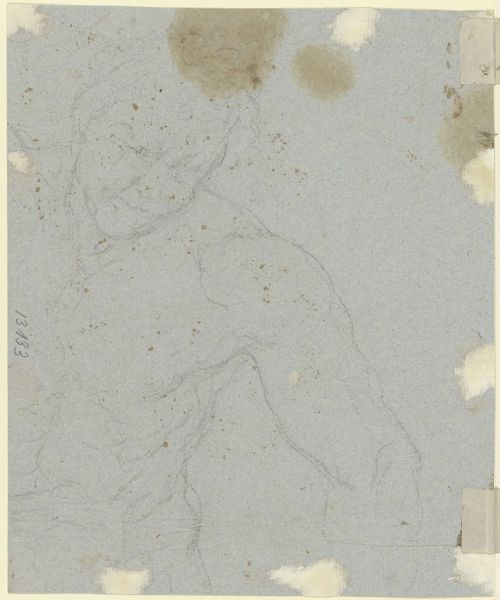
drawing, paper, pencil
#
drawing
#
pencil sketch
#
mannerism
#
figuration
#
paper
#
pencil
#
line
#
nude
#
watercolor
Dimensions: height 212 mm, width 185 mm
Copyright: Rijks Museum: Open Domain
Bernardino Poccetti rendered this sketch of a male torso and leg in the late 16th or early 17th century. Notice the contrapposto pose, a deliberate imbalance suggesting potential movement, which echoes the classical sculptures of antiquity. This stance is not merely aesthetic. It represents a deeper cultural memory. Consider the Doryphoros of Polykleitos, where this pose first found its ideal form. It was believed to embody not just physical perfection but also moral and intellectual balance. This idea has roots in ancient Greece and resurfaces during the Renaissance, a symbol of humanity's aspiration to reclaim classical ideals. The incomplete nature of this sketch, the torso without a face, is particularly striking. The absence draws us in, compelling us to project our own emotions and ideas onto this form, engaging with it on a subconscious level. It is not a portrait of an individual, but an archetype. The Renaissance sought to understand the ideal form of humanity, a cyclical process of rediscovery and reinterpretation.
Comments
No comments
Be the first to comment and join the conversation on the ultimate creative platform.
